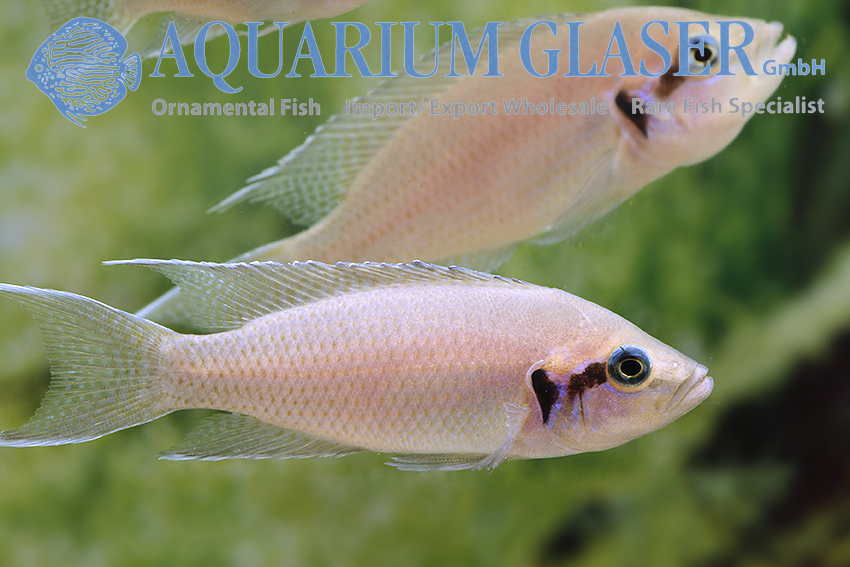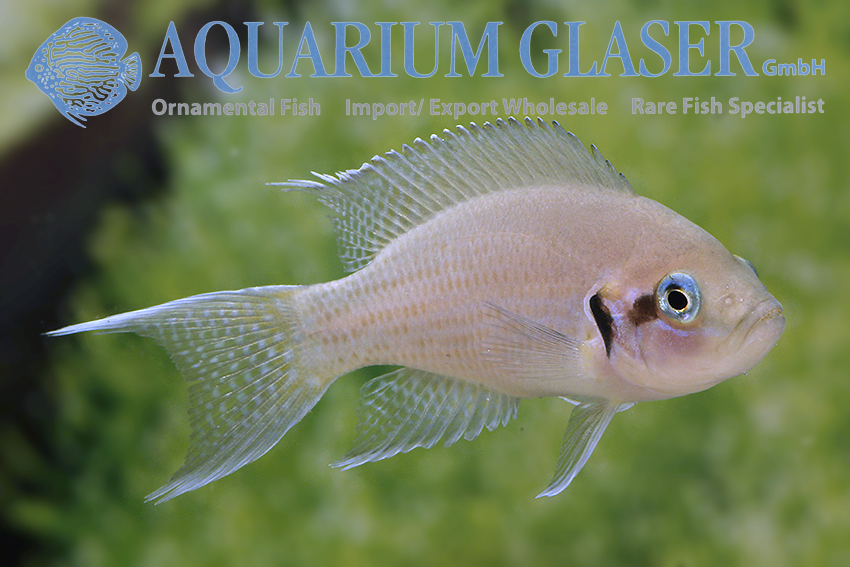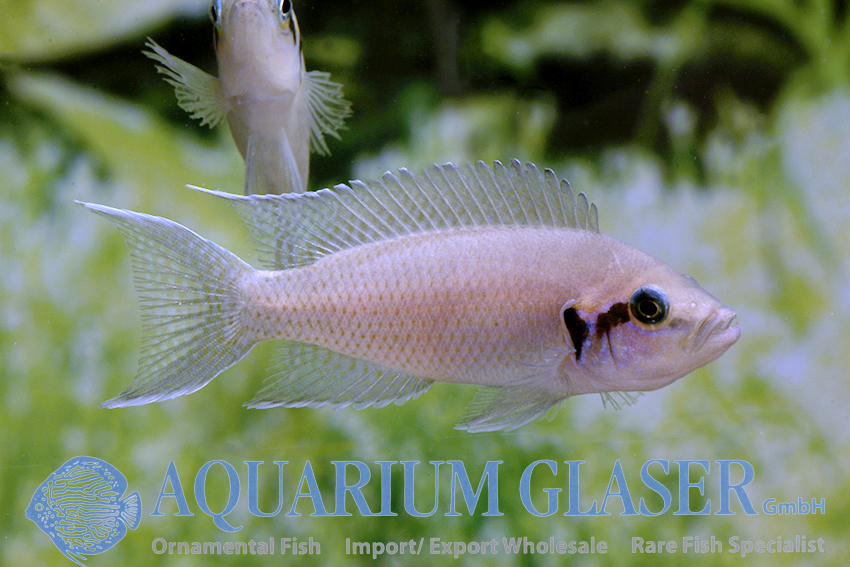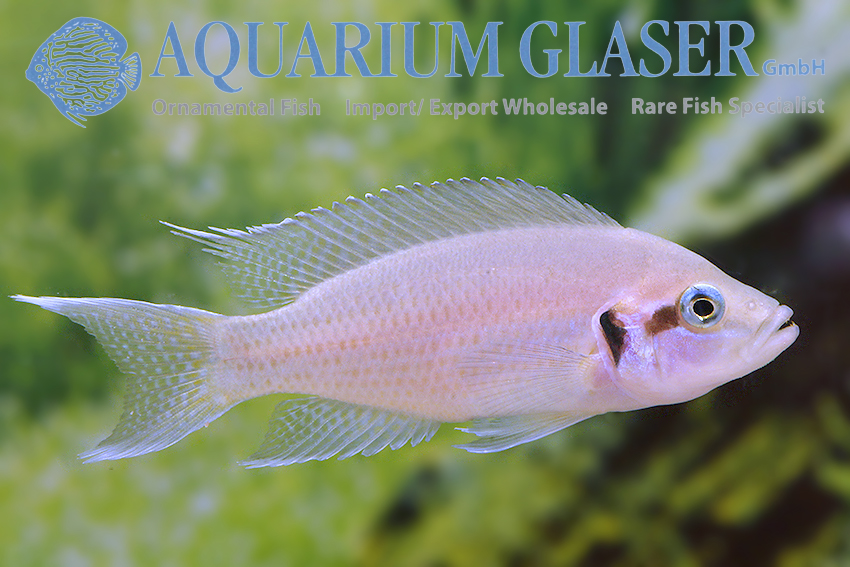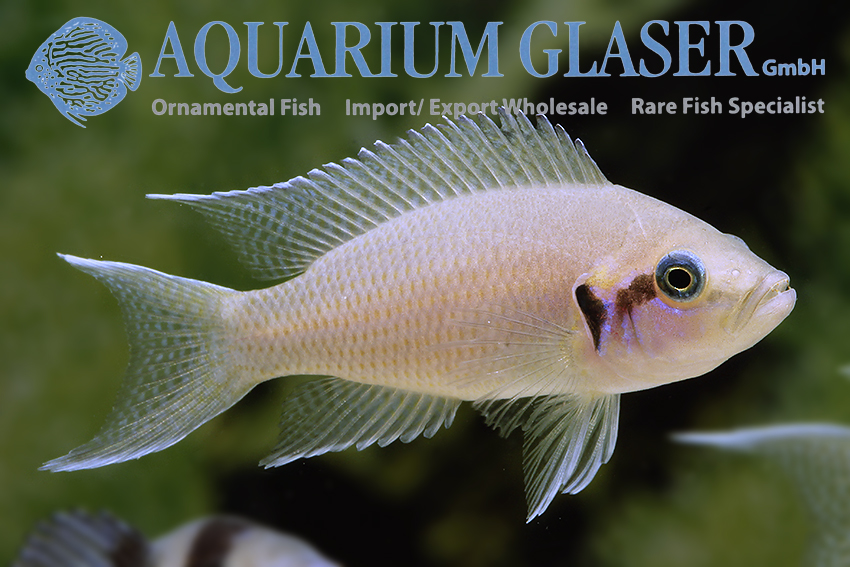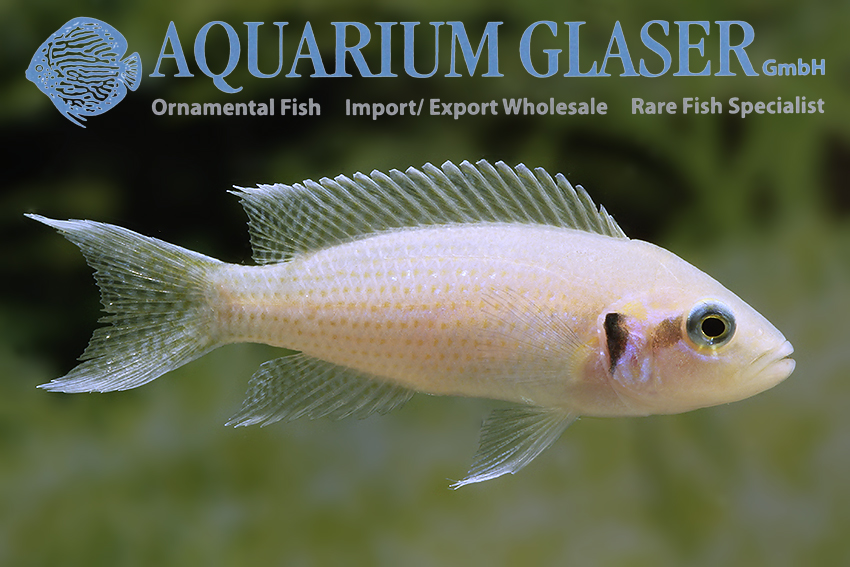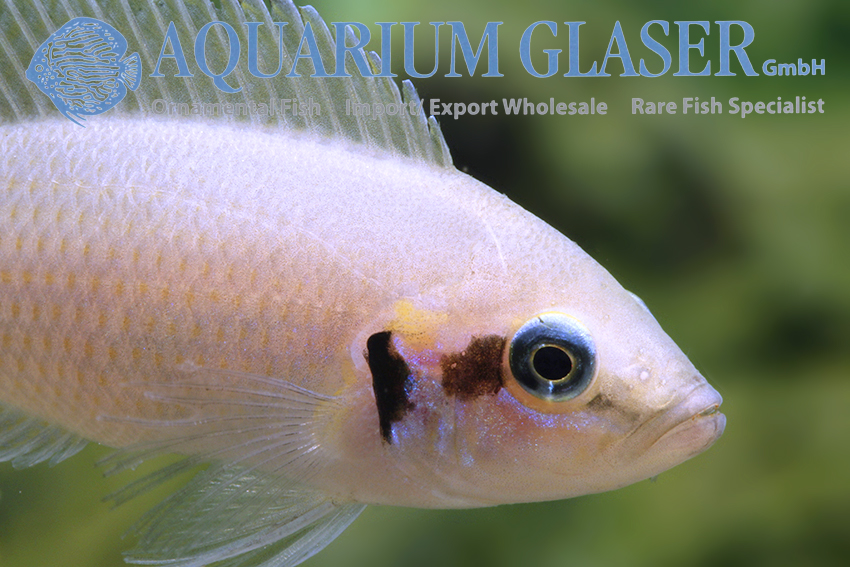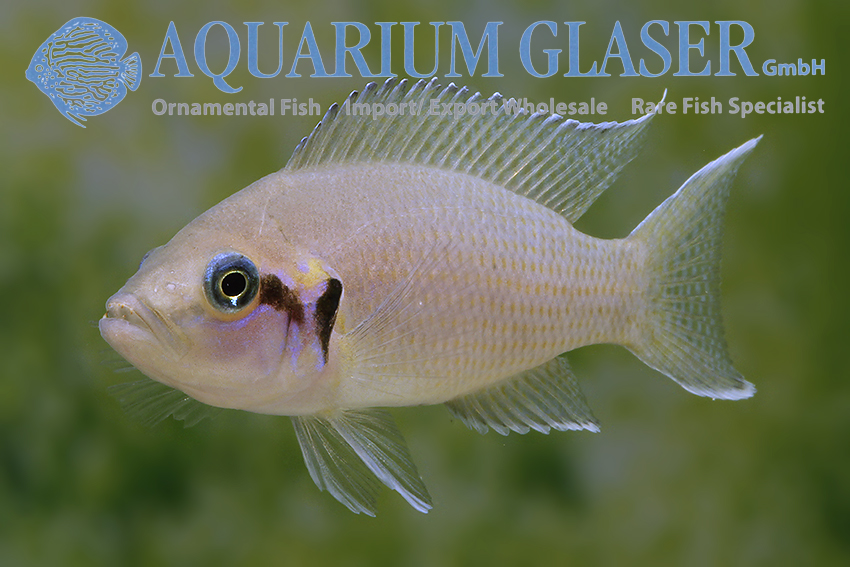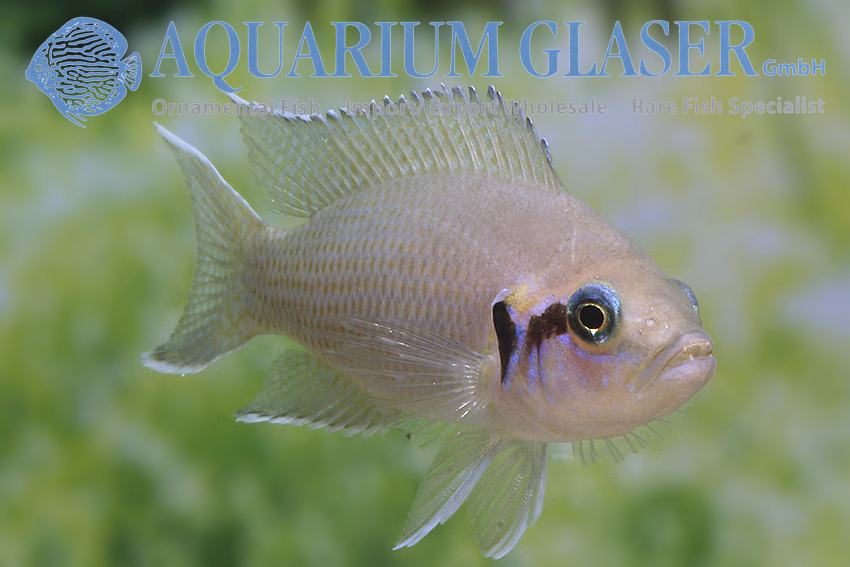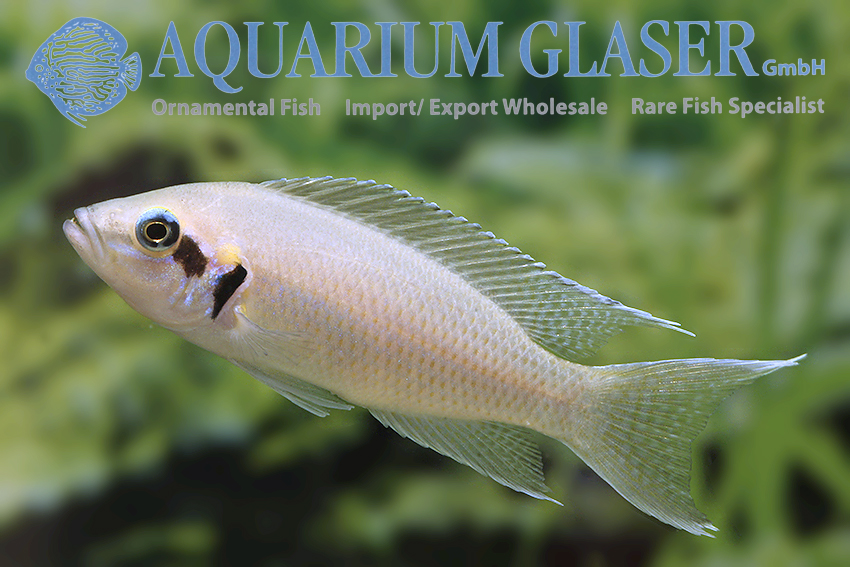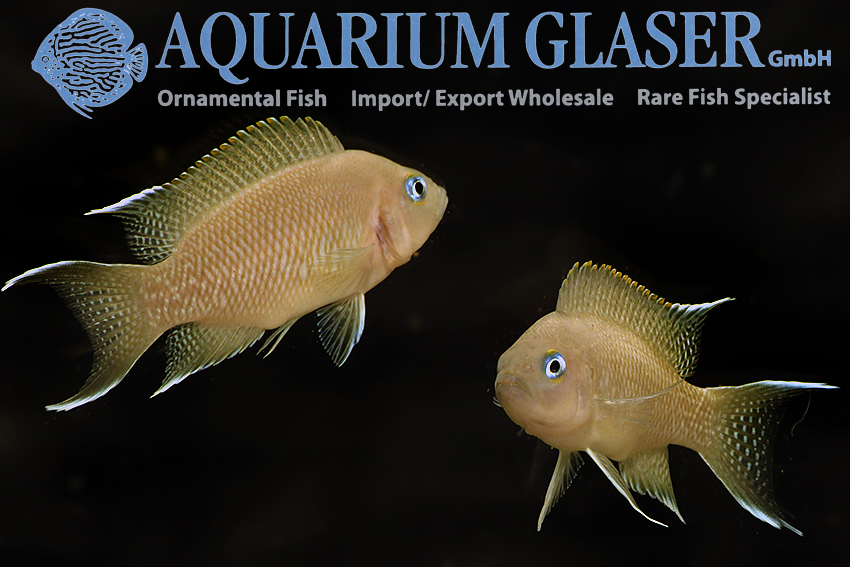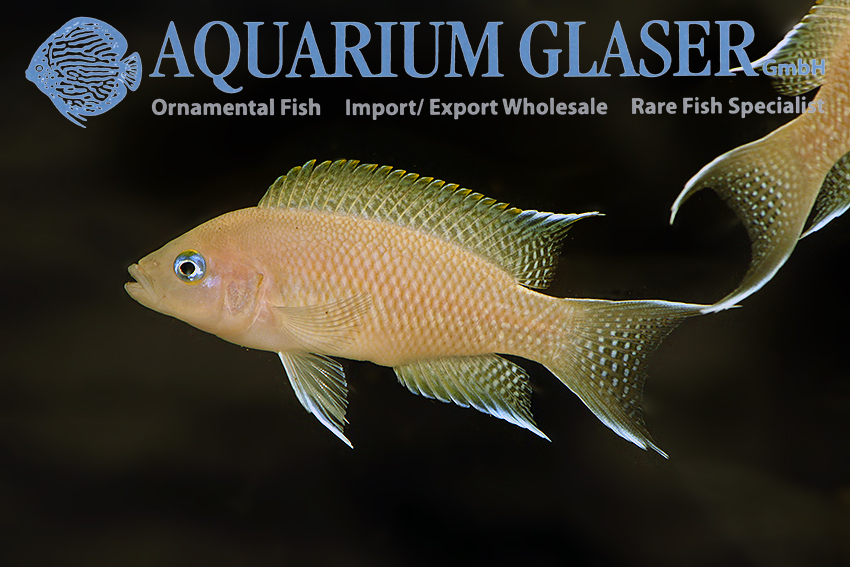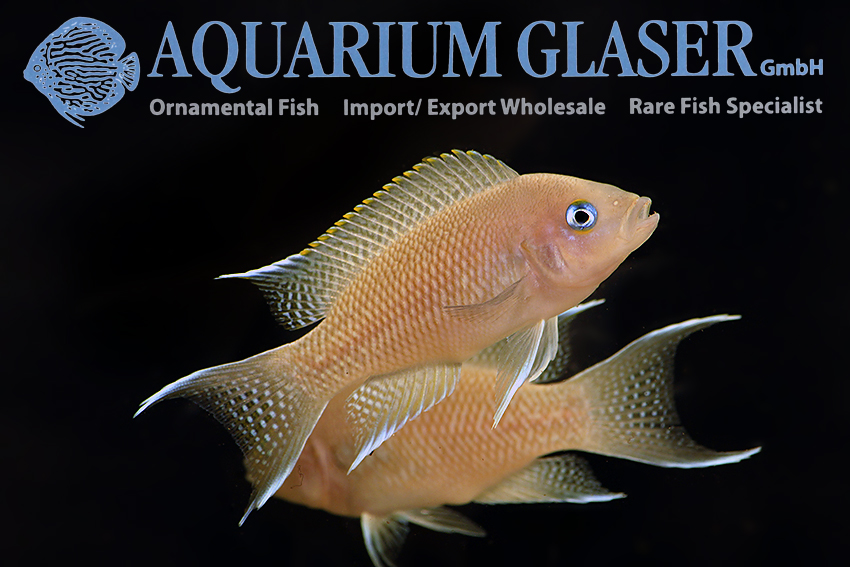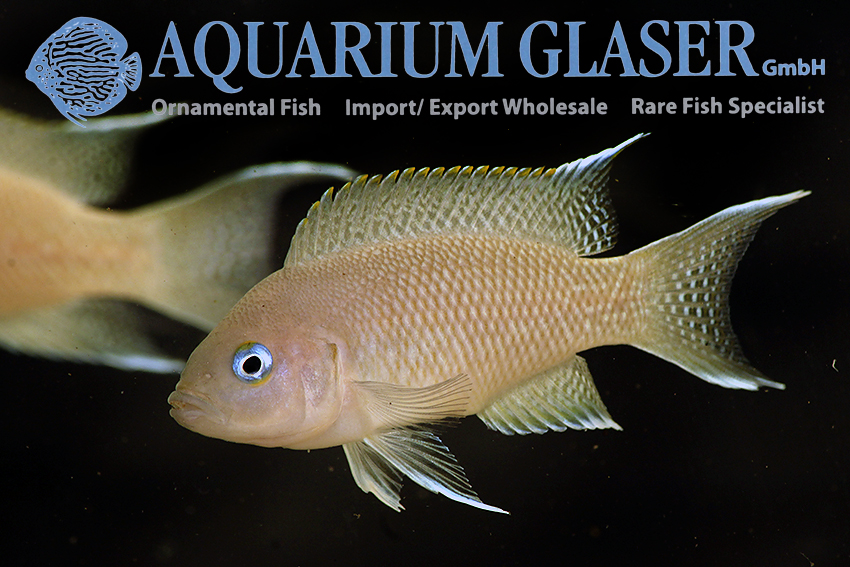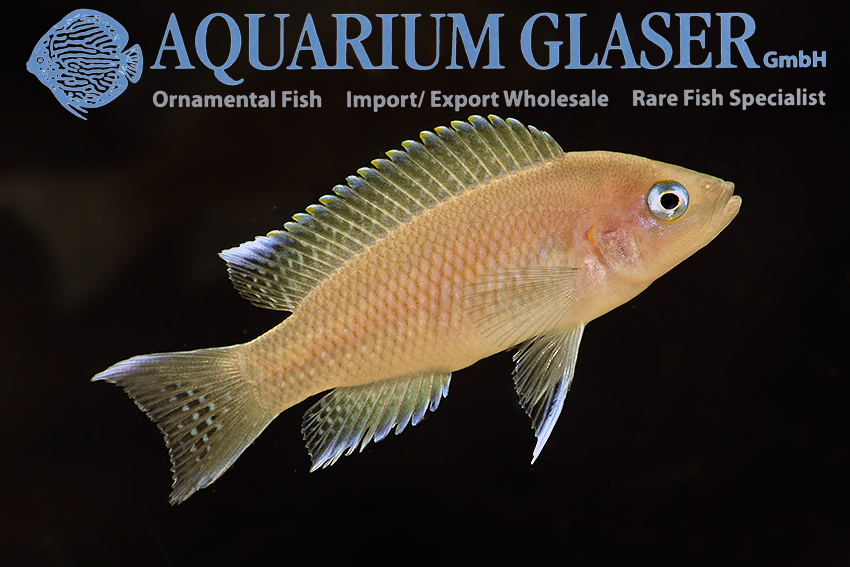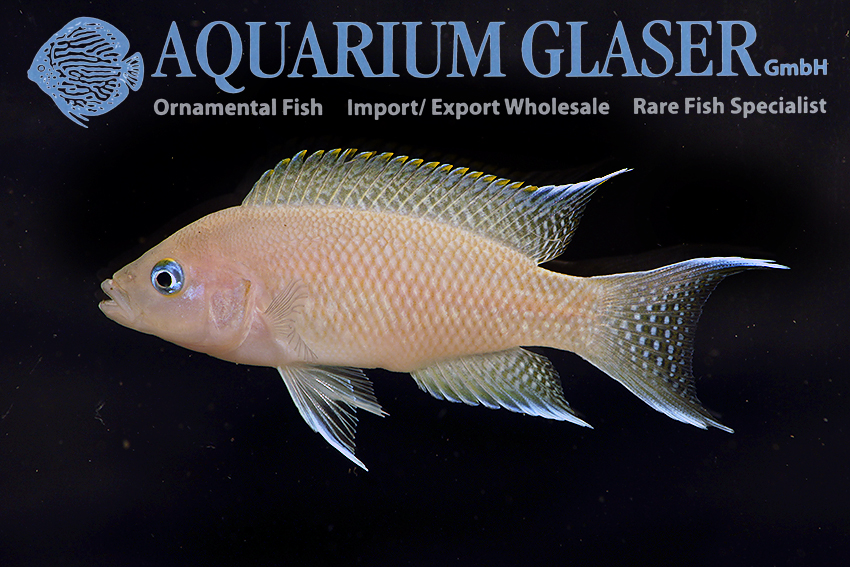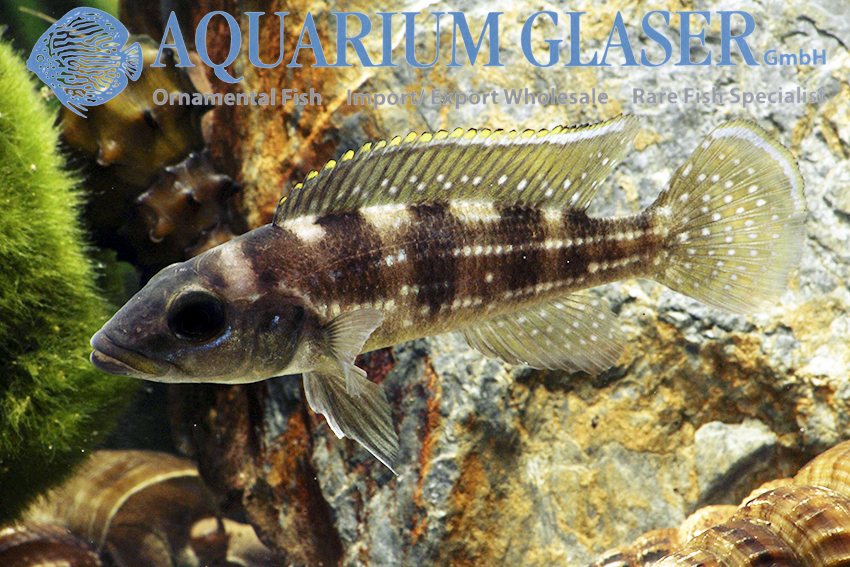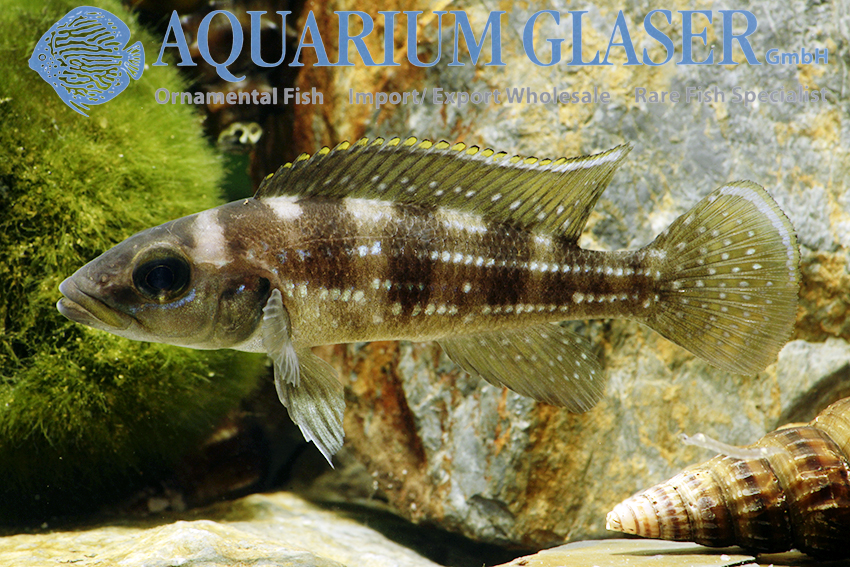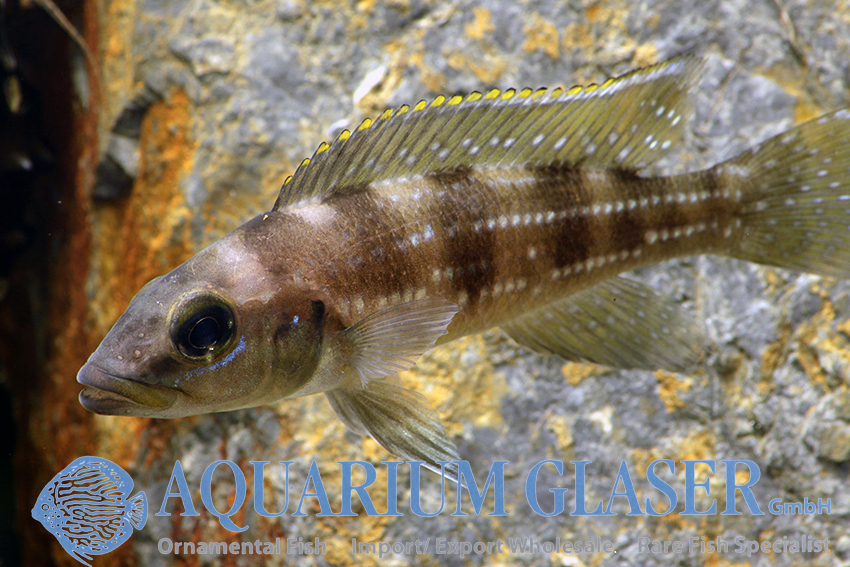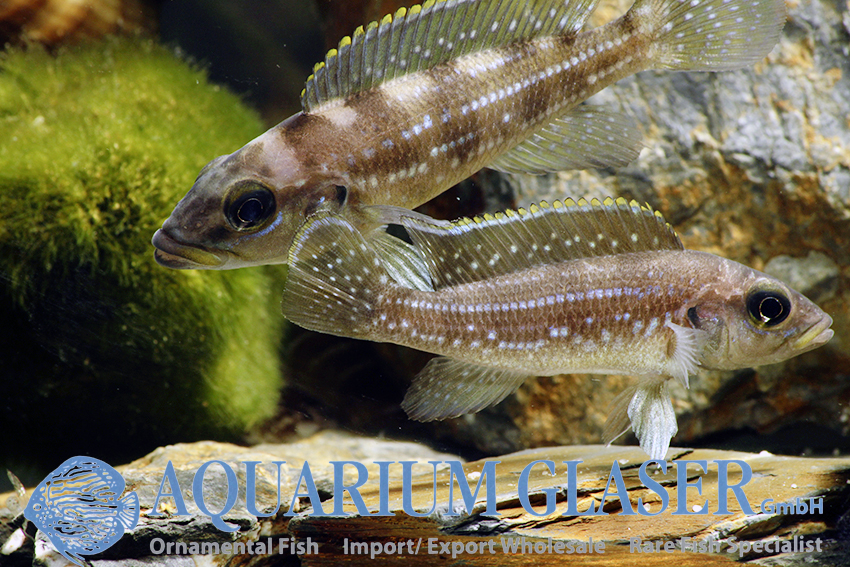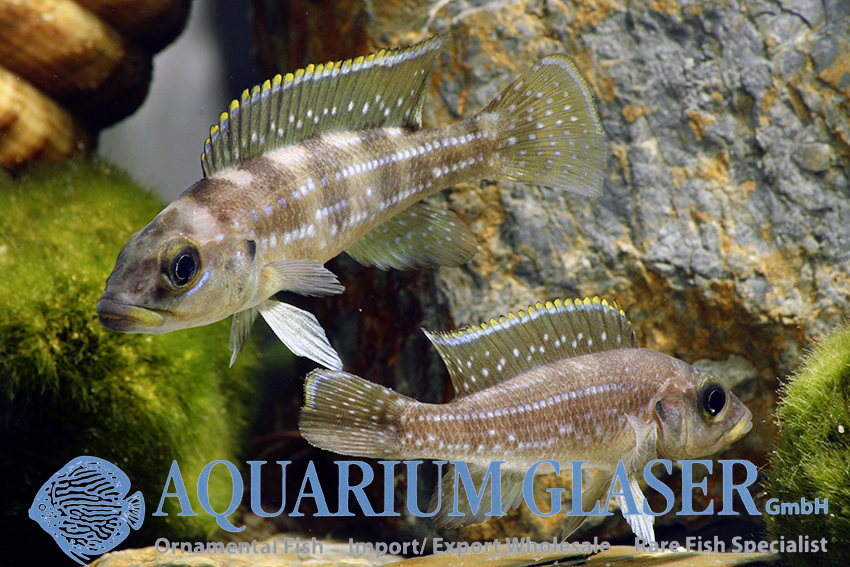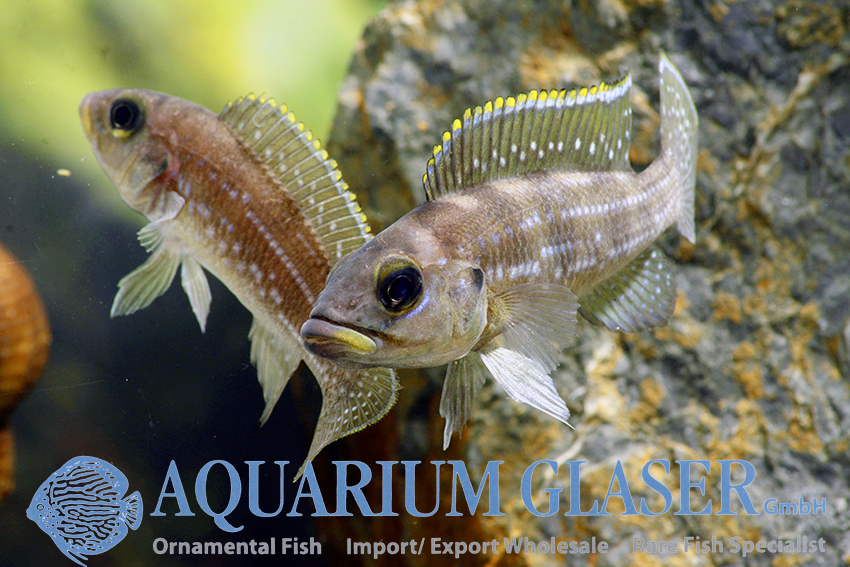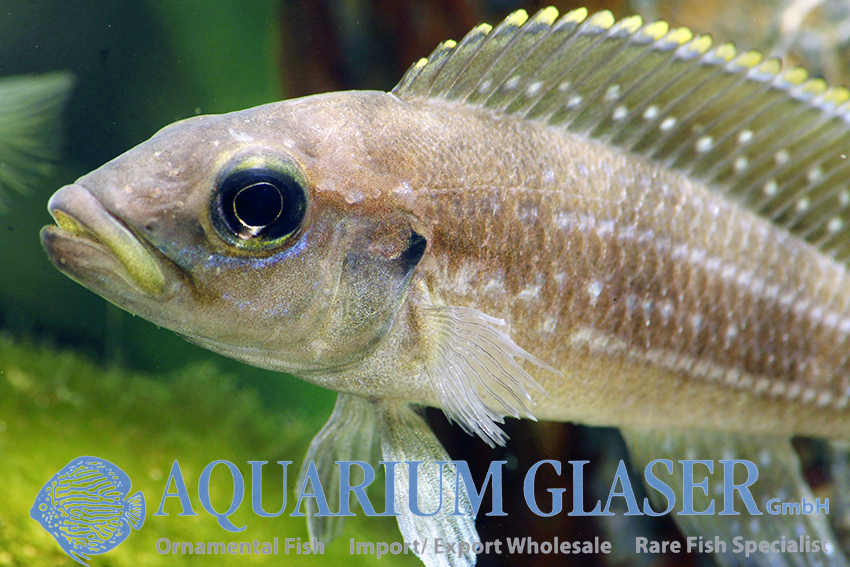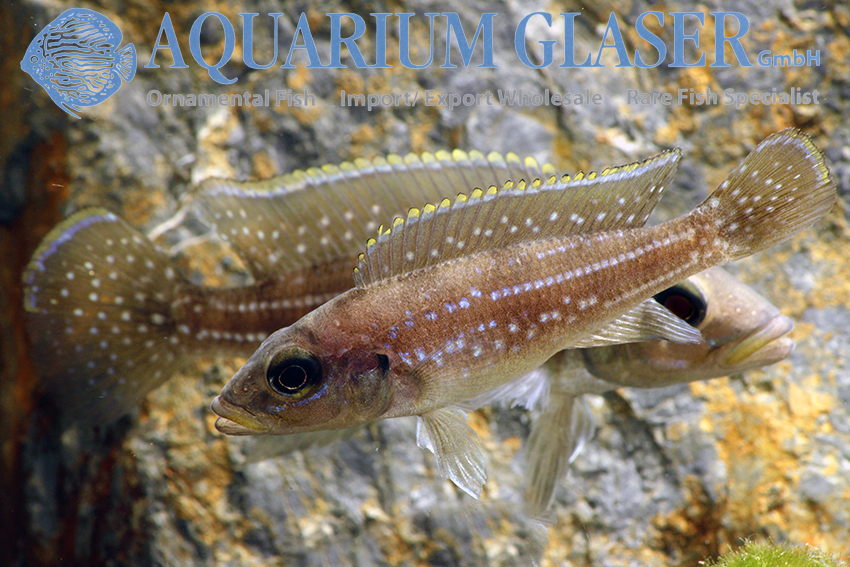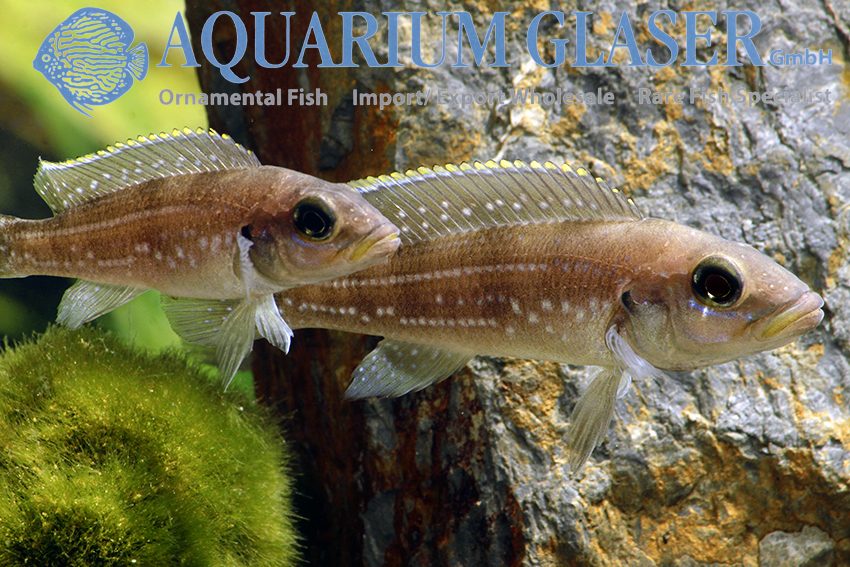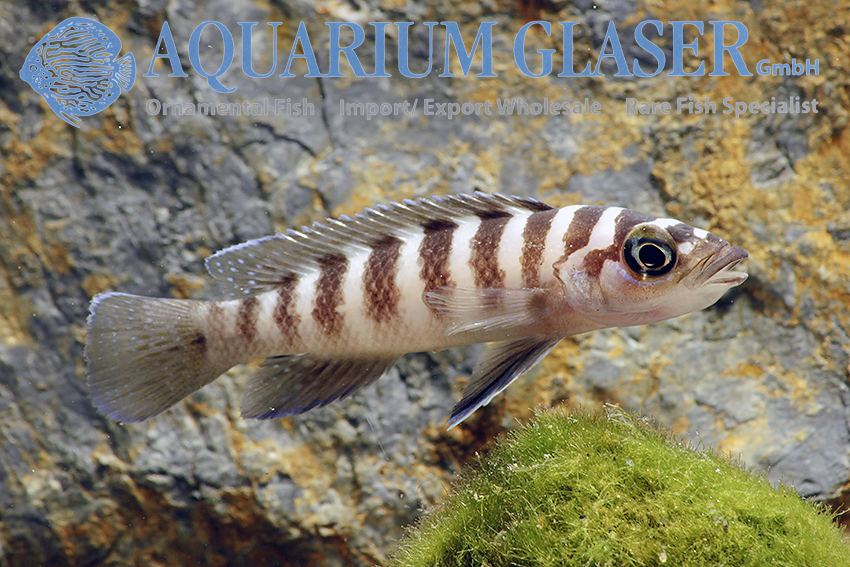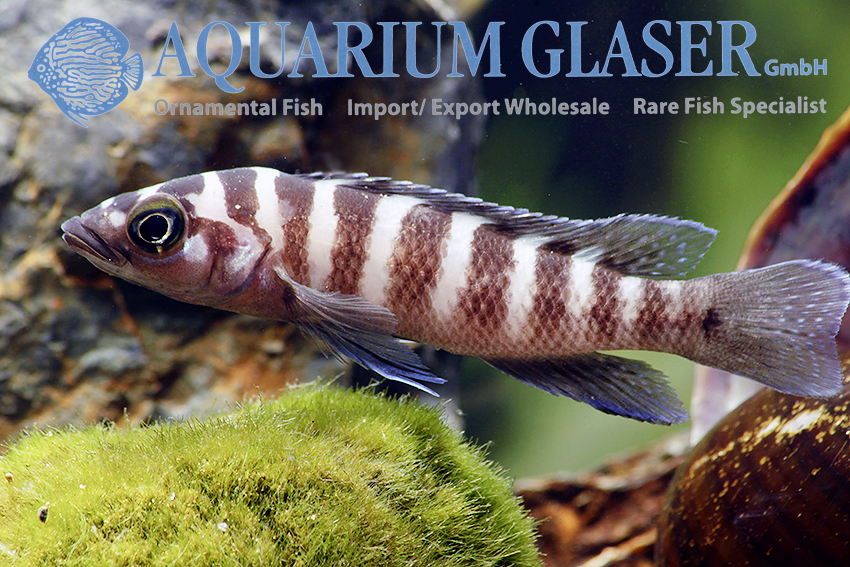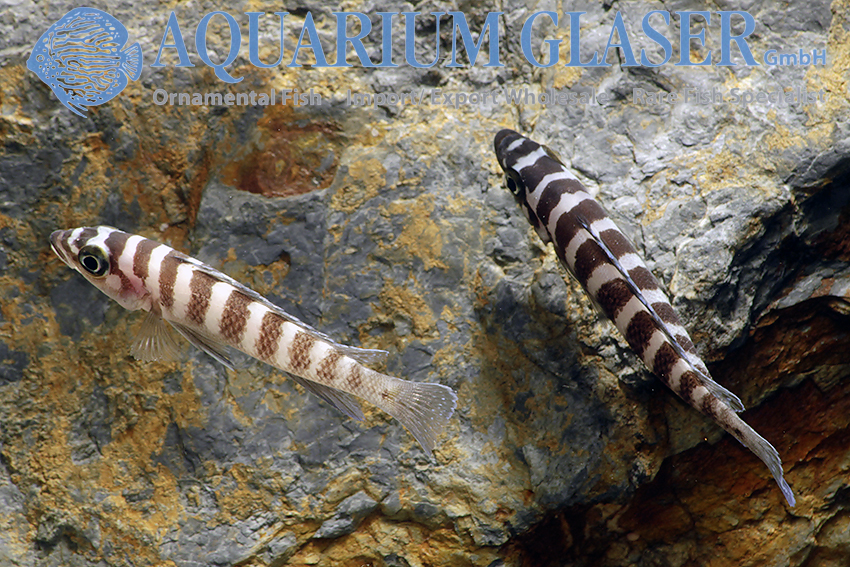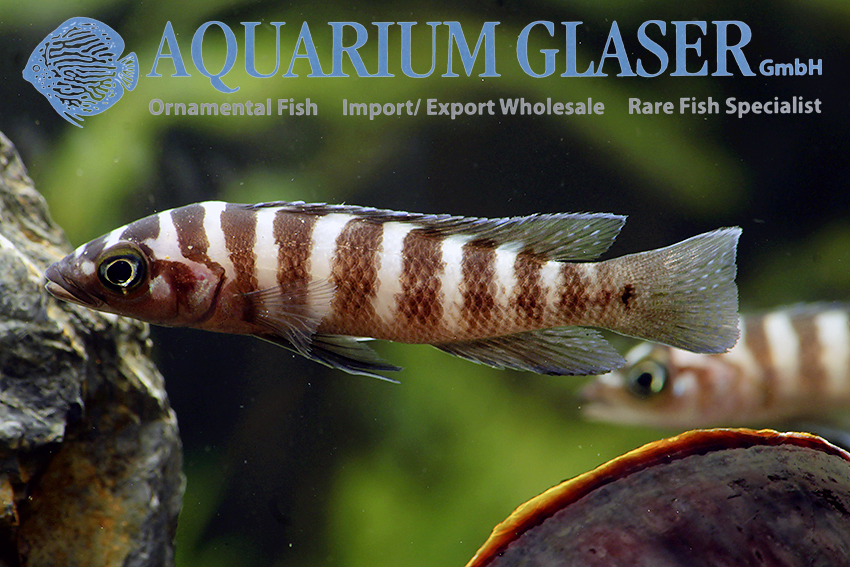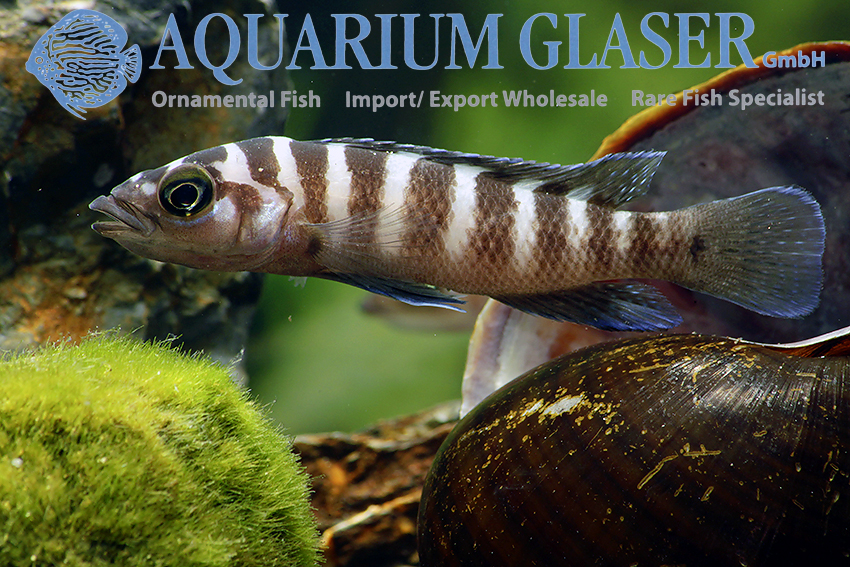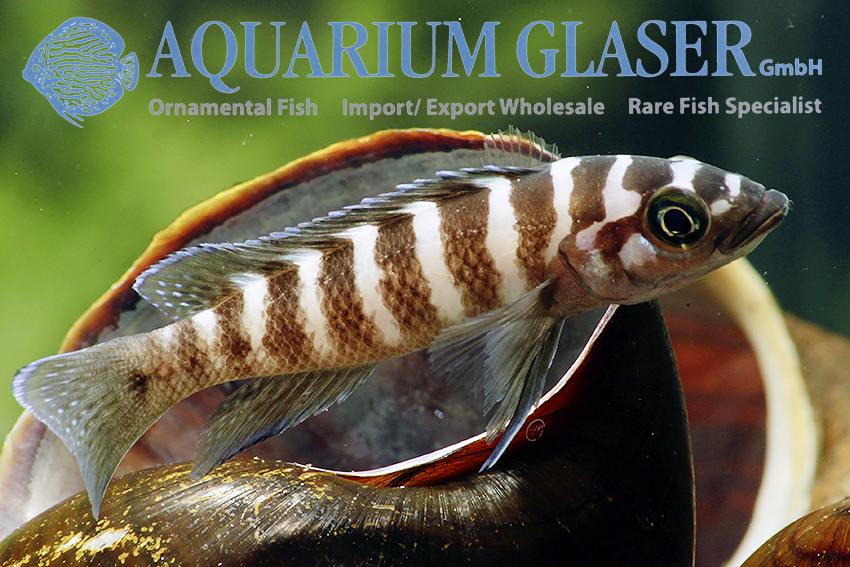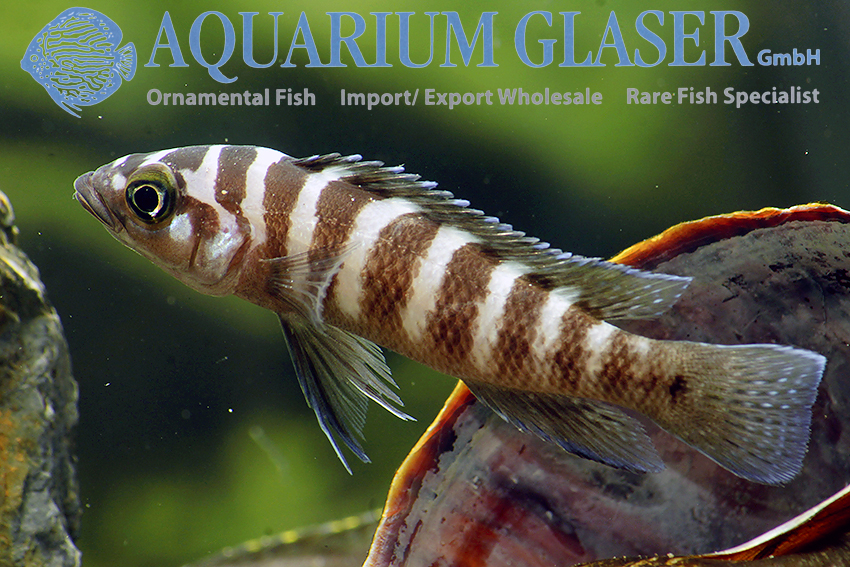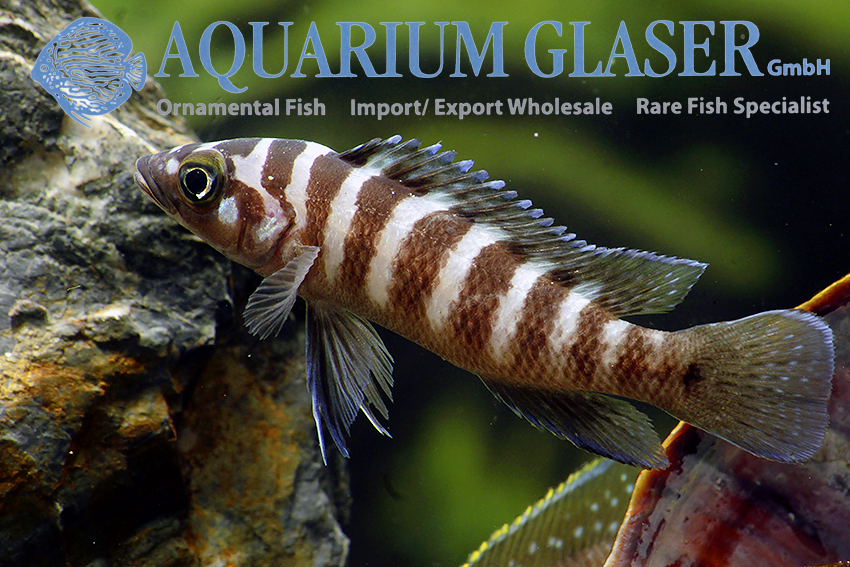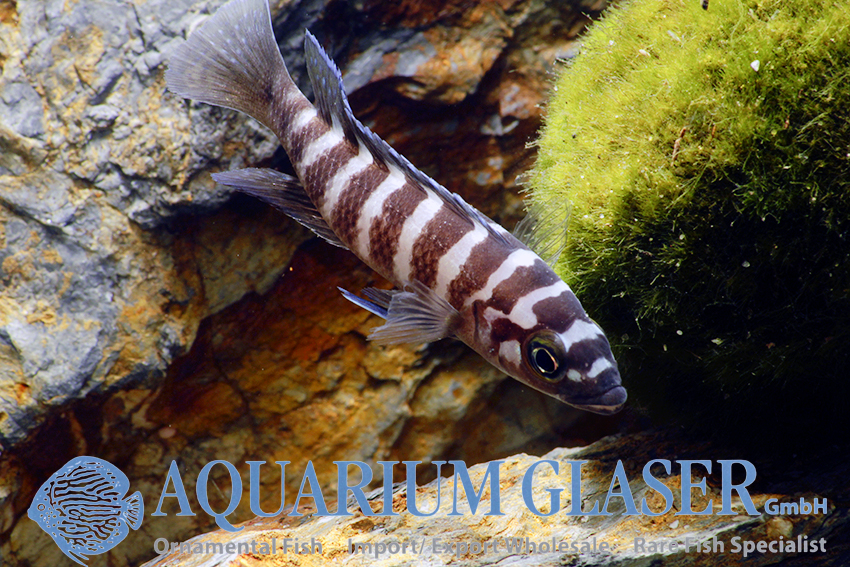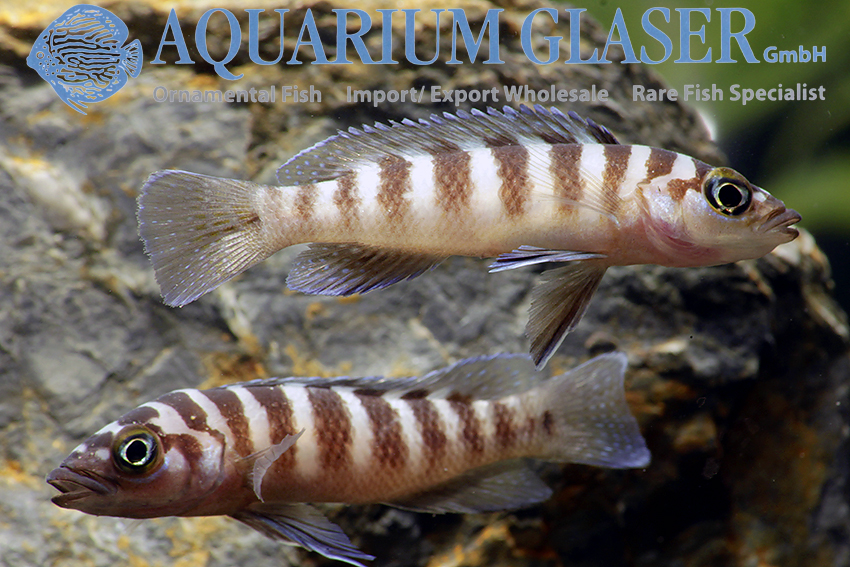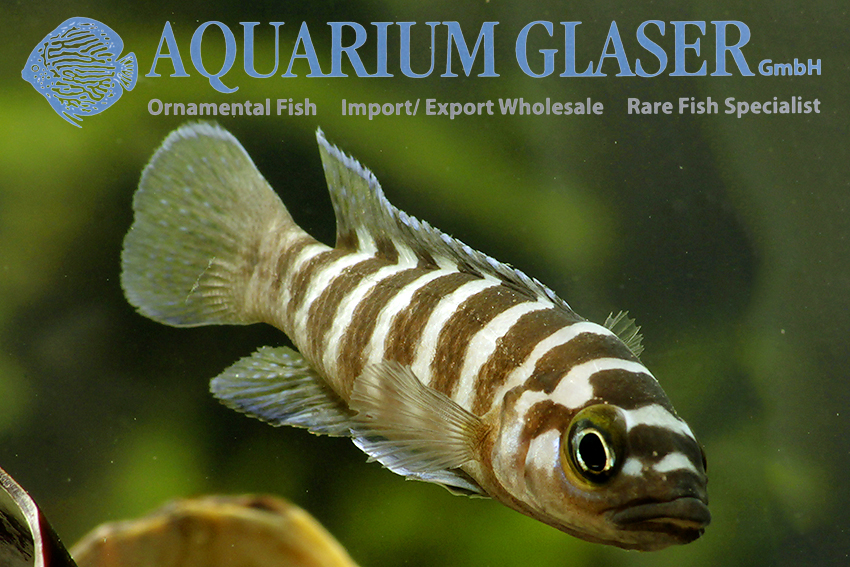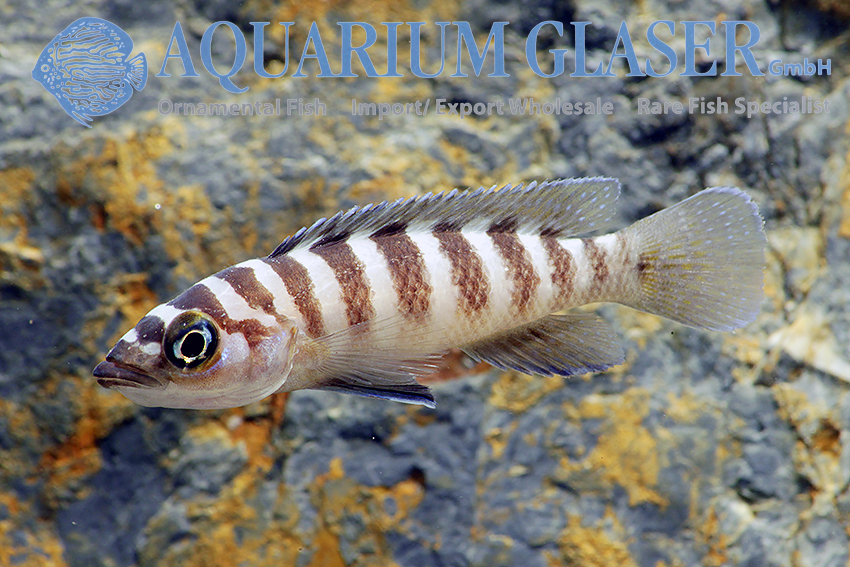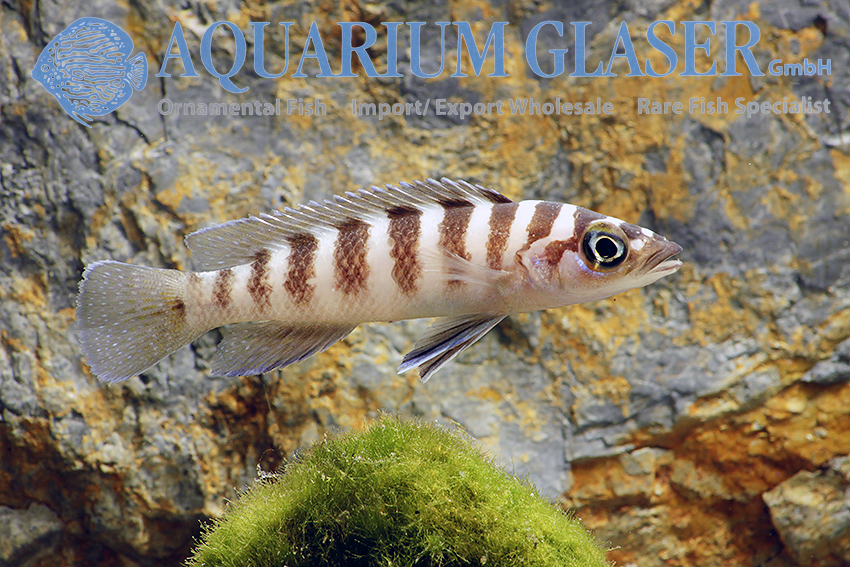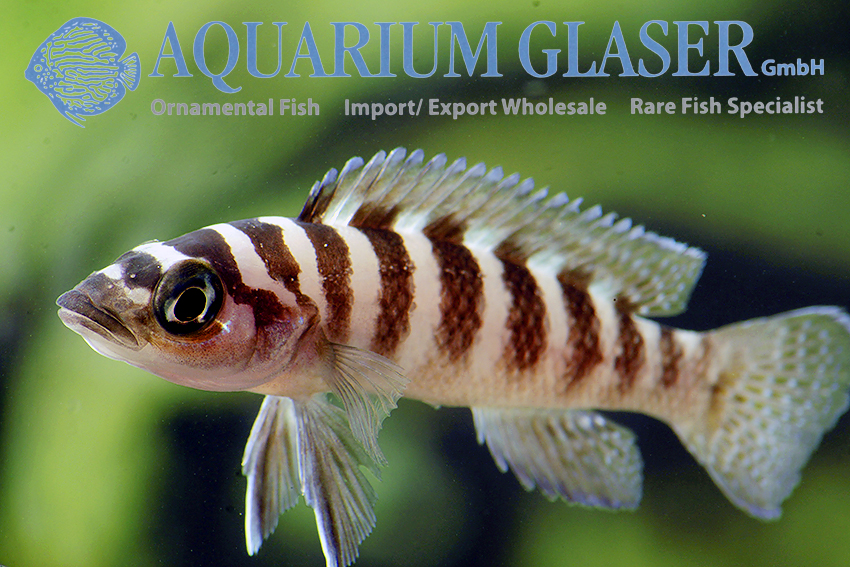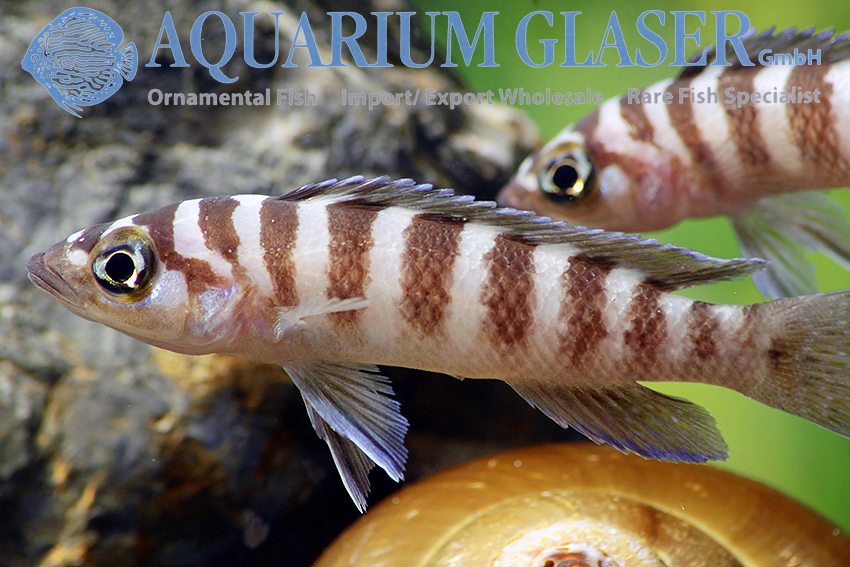Whoever coined the name “Princess of Burundi” for this beautiful small cichlid: it is a brilliant name! The fish commonly known as Neolamprologus brichardi is by no means found only in Burundi, but is distributed in numerous color variants in Lake Tanganyika, which led to several scientific descriptions: Lamprologus savoryi pulcher, L. olivaceus, L. elongatus savoryi, Neolamprologus daffodil, Lamprologus crassus and just L. brichardi. If one follows the opinion of Ad Konings, these are all members of the same species, which should then be correctly named Neolamprologus pulcher according to the rules of naming.
Fortunately, the little noblewoman does not care, because she does not read. And so the beautiful, including the long extended caudal fin only about 9 cm long fish delights now already the third or fourth aquarist generation with its wonderful appearance and the highly interesting breeding behavior. Both parents (which by the way hardly differ externally) defend together the spawning place (usually a stone crevice) and the young. In contrast to most other cichlids, the young, when they become independent, only partially migrate, the rest stay at home and take care of the younger siblings with mom and dad. Thus, over time, a fantastic picture emerges, a teeming of several ages that you really should have seen at least once in your life.
For our customers: the fish have code 542502 on our stock list. Please note that we only supply wholesale.
Text & photos: Frank Schäfer





